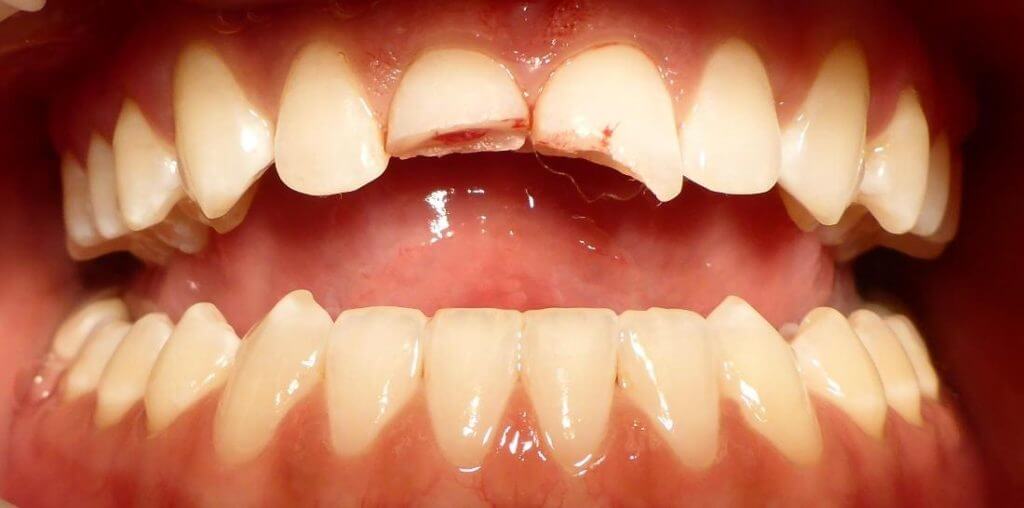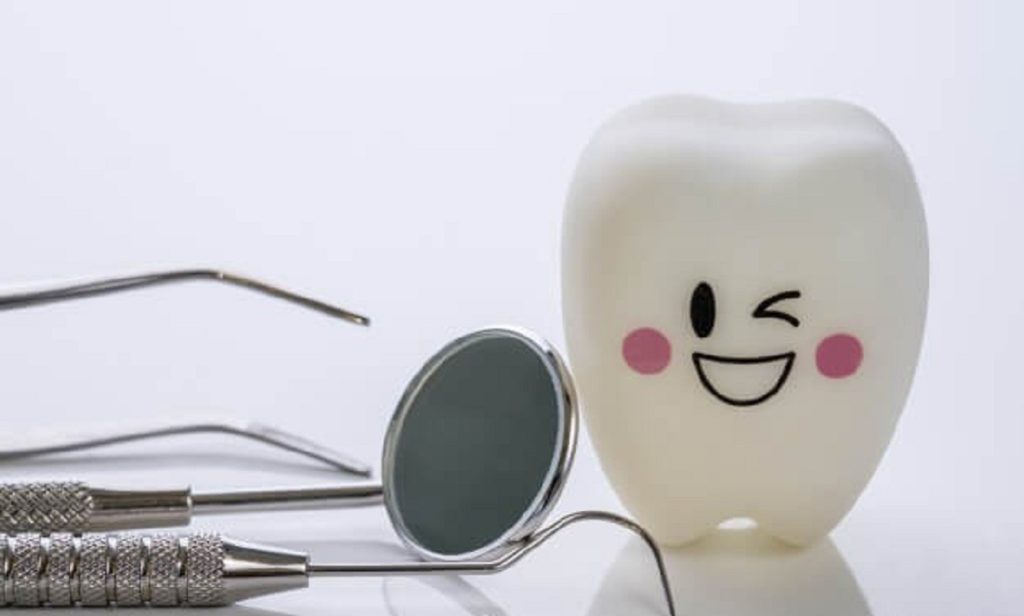Dental emergencies can strike unexpectedly, causing discomfort and panic. Whether it’s a sudden toothache, a broken tooth, or another urgent dental issue, knowing how to handle the situation can make a significant difference in the outcome. This comprehensive guide provides essential tips to manage dental emergencies confidently and links to helpful resources for further reading.
Recognizing Dental Emergencies

A dental emergency involves any issue with your teeth or gums that requires immediate attention to alleviate pain, stop bleeding, or prevent severe damage. Common dental emergencies include:
- Severe toothache
- Broken or chipped teeth
- Knocked-out tooth
- Loose teeth
- Abscesses
- Soft tissue injuries (gums, lips, tongue)
Statistics on Dental Emergencies
According to the American Dental Association (ADA), about 22% of people have experienced dental or oral pain in the past six months. Additionally, a study by the National Institute of Dental and Craniofacial Research found that 1 in 6 Americans face a dental emergency annually.
Immediate Steps to Take During a Dental Emergency
Stay Calm and Assess the Situation
Staying calm is crucial during a dental emergency. Take a deep breath and assess the situation. Determine the severity of the issue and decide whether it requires immediate professional attention.
Common Dental Emergencies and How to Handle Them

1. Severe Toothache
- Rinse your mouth with warm water.
- Floss gently to remove any food particles stuck between your teeth.
- Apply a cold compress to the outside of your cheek to reduce swelling.
- Avoid using painkillers directly on your gums as they can burn the tissue.
For more strategies to relieve tooth pain, visit Effective Strategies to Relieve Tooth Pain.
2. Broken or Chipped Tooth
- Rinse your mouth with warm water to clean the area.
- Save any broken pieces and rinse them with water.
- Apply gauze to any bleeding area for about 10 minutes.
- Use a cold compress to minimize swelling.
3. Knocked-Out Tooth
- Retrieve the tooth and hold it by the crown (the part usually exposed in the mouth), not the root.
- Rinse it gently without removing any attached tissue.
- Place the tooth back in the socket if possible, or keep it in a container of milk or saline solution.
- Seek immediate dental care as time is critical.
For more on preserving knocked-out teeth, see Comprehensive Guide to Dental Implants.
4. Loose Teeth
- Avoid touching or trying to move the tooth.
- Apply a cold compress to reduce swelling.
- Seek professional help to stabilize the tooth.
5. Abscess
- Rinse your mouth with a mild saltwater solution.
- Avoid touching the abscess.
- Seek immediate dental care as abscesses can lead to serious infections.
For more information on managing dental abscesses, visit Understanding Tooth Sensitivity.
6. Soft Tissue Injuries
- Clean the area with warm water.
- Apply pressure with gauze or a tea bag to stop bleeding.
- Use a cold compress to reduce swelling.
- Visit your dentist or an emergency room if bleeding doesn’t stop.
For more details on maintaining oral health, check out Why Regular Dental Cleanings Matter.
7. Extruded (Partially Dislodged) Tooth
- Apply a cold compress to the outside of the mouth or cheek in the affected area to relieve pain.
- Take an over-the-counter pain reliever if needed.
- Seek professional help immediately to properly position and stabilize the tooth.
8. Objects Caught Between Teeth
- Use dental floss to gently remove the object.
- If you can’t dislodge it, see your dentist.
- Never use a sharp object to remove the stuck object as it can injure your gums or scratch your teeth.
9. Lost Filling or Crown
Lost Filling:
- As a temporary measure, stick a piece of sugarless gum into the cavity or use over-the-counter dental cement.
- See your dentist as soon as possible to restore the filling.
Lost Crown:
- Make an appointment with your dentist and bring the crown with you.
- If you can’t get to the dentist right away and the tooth is causing pain, use clove oil on a cotton swab to ease the discomfort.
- Slip the crown back over the tooth using dental cement, toothpaste, or denture adhesive to temporarily secure it.
10. Broken Braces and Wires
- If a wire breaks or sticks out, use the eraser end of a pencil to reposition it comfortably.
- Cover the end with orthodontic wax, a small cotton ball, or piece of gauze if repositioning isn’t possible.
- Never cut the wire, as you might swallow or inhale it.
For more information on orthodontic care, visit Choosing the Best Orthodontic Treatment.
11. Loose Brackets and Bands
- Temporarily reattach loose braces with orthodontic wax.
- Place the wax over the braces to provide a cushion if needed.
- Make an appointment with your orthodontist to reattach or replace the braces or bands.
12. Soft-Tissue Injuries
Injuries to the tongue, cheeks, gums, and lips can result in bleeding. To control the bleeding:
- Rinse your mouth with a mild saltwater solution.
- Apply pressure with gauze or a tea bag to the bleeding site for 15 to 20 minutes.
- Use a cold compress on the outside of the mouth or cheek for 5 to 10 minutes to control bleeding and relieve pain.
- If the bleeding doesn’t stop, seek immediate dental or medical attention. Continue to apply pressure on the bleeding site until you receive treatment.
What Not to Do During a Dental Emergency

Knowing what to avoid during a dental emergency is as important as knowing what to do. Here are some common mistakes to avoid:
- Do not place aspirin directly on the gums: This can burn gum tissue and worsen the pain.
- Do not use sharp objects to remove objects stuck between teeth: Sharp objects can injure your gums or scratch your teeth.
- Do not try to adjust a dislodged tooth yourself: This can cause further damage. Always seek professional assistance.
Preventive Measures to Avoid Dental Emergencies
Maintain Regular Dental Check-Ups
Regular visits to your dentist can help identify potential issues before they become emergencies. It is recommended to visit your dentist at least twice a year. For more on the importance of regular dental visits, see Why Regular Dental Checkups Matter.
Practice Good Oral Hygiene
- Brush your teeth at least twice a day.
- Floss daily to remove plaque and food particles.
- Use mouthwash to kill bacteria and freshen your breath.
Wear Protective Gear
If you participate in sports, wearing a mouthguard can protect your teeth from injury. Similarly, if you grind your teeth at night, a nightguard can prevent damage. For more on dental hygiene, visit How to Prevent Tooth Decay.
Avoid Chewing Hard Objects
Avoid chewing on ice, hard candies, or other hard objects that can crack or chip your teeth.
When to Seek Professional Help
Recognizing When It’s Time to Call an Emergency Dentist
If you’re experiencing severe pain, heavy bleeding, or have a knocked-out tooth, it’s crucial to seek immediate professional help. Delaying treatment can result in more serious complications and increased treatment costs. For comprehensive care, knowing when to visit an emergency dentist can save your teeth and prevent further issues. For personalized advice or to schedule a consultation, visit NuSmile Dental Centers.
Frequently Asked Questions (FAQ)
1. How can I prevent a toothache from becoming a dental emergency?
Maintain regular dental checkups and practice good oral hygiene to catch issues early before they escalate into emergencies.
2. What should I do if I crack a tooth while traveling?
Rinse your mouth, apply a cold compress, and seek the nearest dental professional as soon as possible for treatment.
3. Can over-the-counter pain medication help during a dental emergency?
Yes, over-the-counter pain relievers can manage discomfort temporarily, but professional dental care is essential to address the root cause.
4. Is a lost filling always an emergency?
While not always an immediate emergency, a lost filling should be addressed promptly to avoid further damage to the tooth.
5. How do I know if I have an abscess?
Signs of an abscess include severe toothache, swelling, fever, and a bad taste in your mouth. Seek dental care immediately.
Conclusion
Dental emergencies can be daunting, but knowing how to handle them can help you manage the situation with confidence. Remember to stay calm, assess the severity of the issue, and seek professional help when necessary. Maintaining good oral hygiene and regular dental check-ups can also reduce the risk of emergencies. By following these essential tips, you can handle dental emergencies effectively and protect your oral
